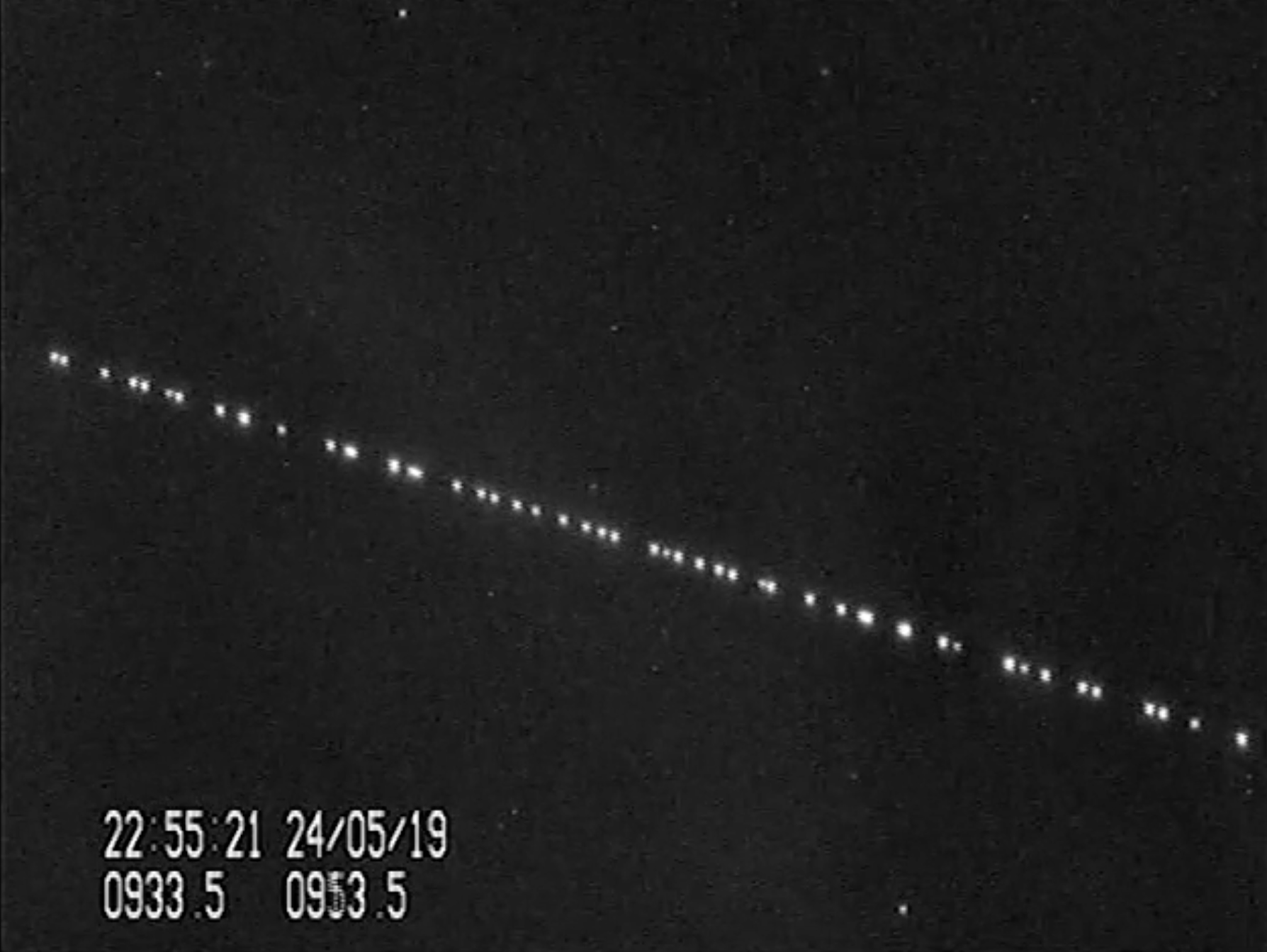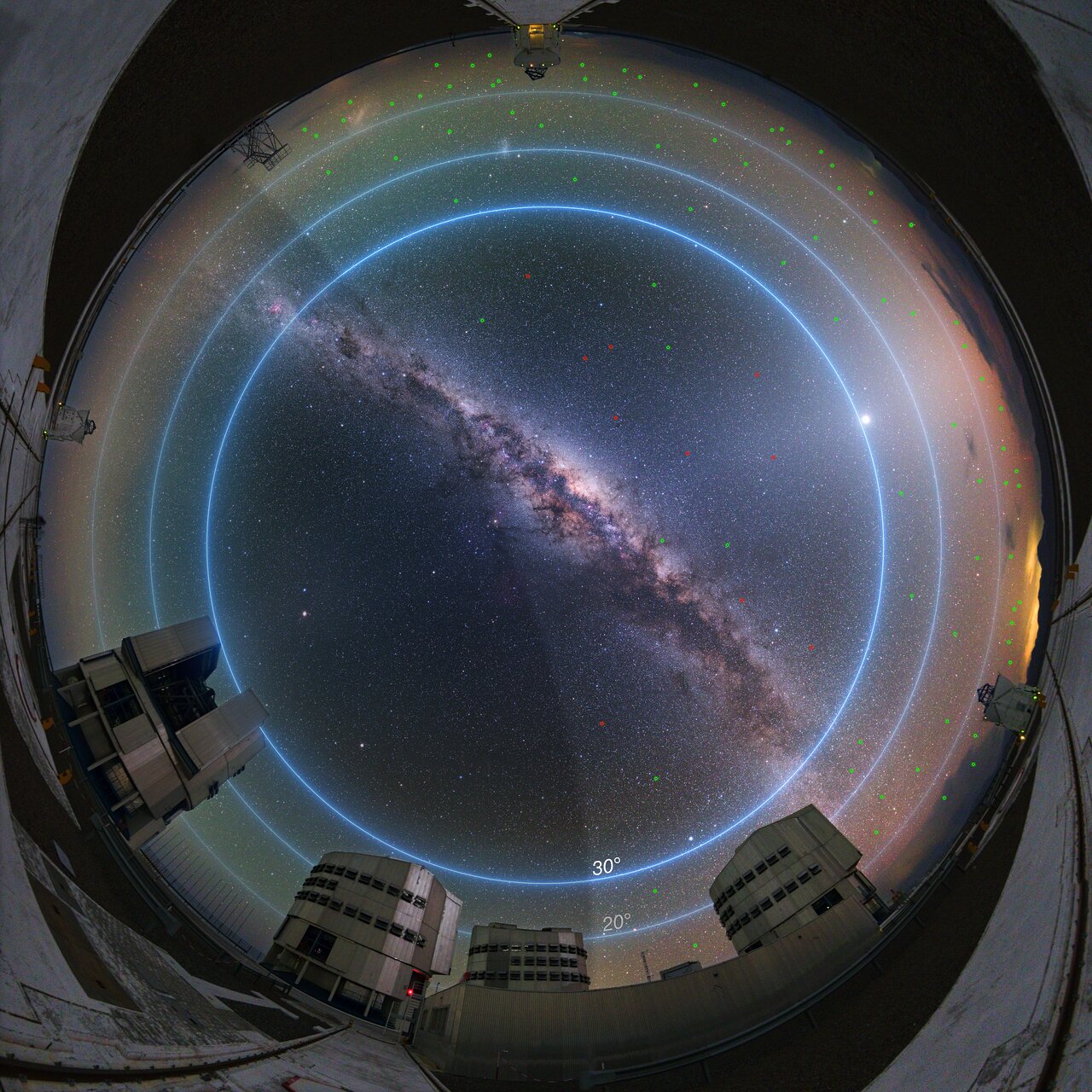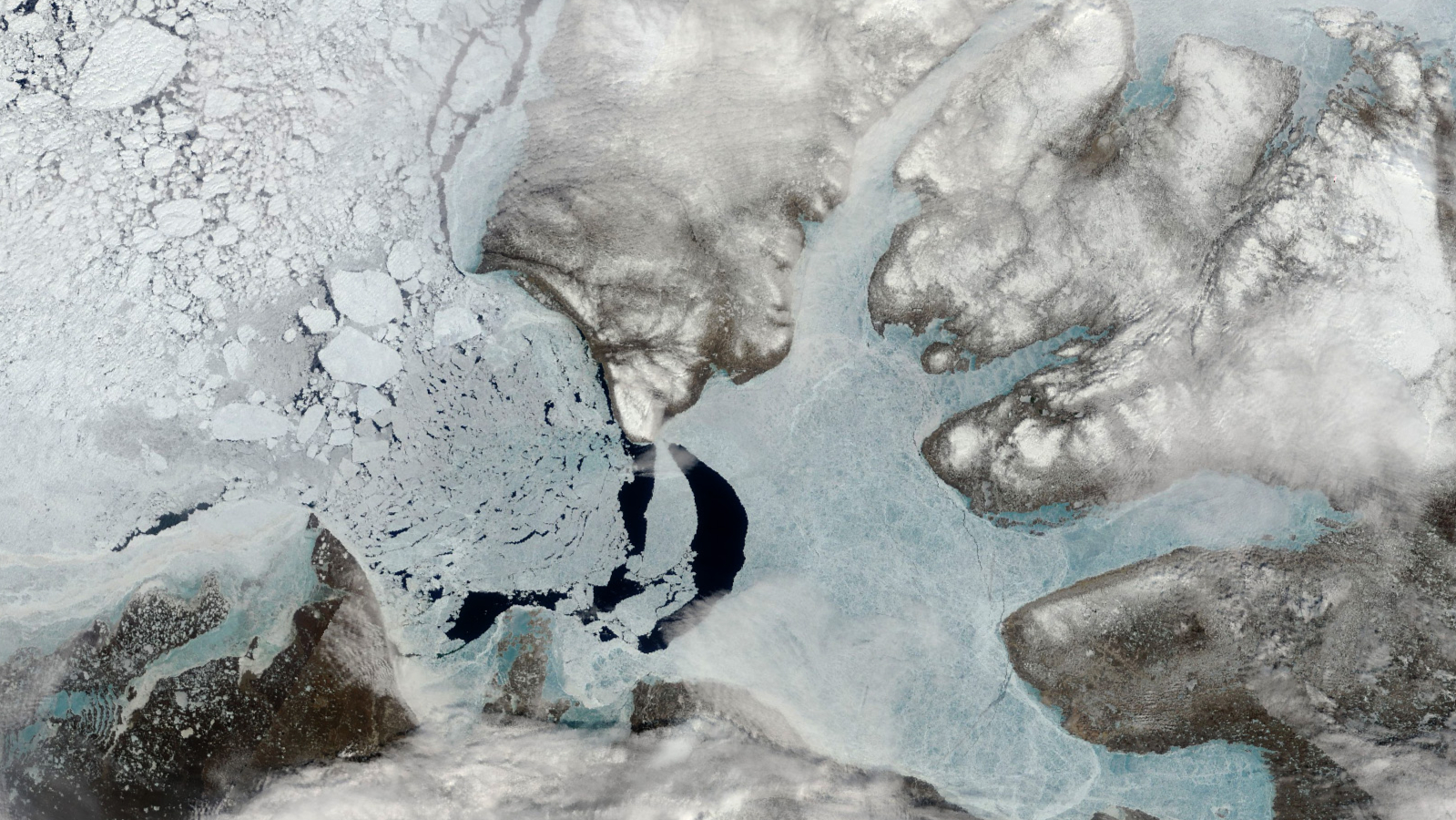
Megaconstellations could destroy astronomy and there's no easy fix

Paul M. Sutter is an astrophysicist at SUNY Stony Brook and the Flatiron Institute, host of "Ask a Spaceman" and "Space Radio," and author of "How to Die in Space." Sutter contributed this article to Space.com's Expert Voices: Op-Ed & Insights.
Over the next few years, companies across the world are planning to launch tens of thousands of satellites into orbit to provide global high-speed internet access. But that access comes at a cost: It will pollute the skies and contaminate astronomical observations.
So is there a way to fix it? A team of researchers has modeled the effects of these satellites and explored various mitigation strategies. The answer, it seems, is not easy.
Rise of the megaconstellations
Starlink, OneWeb, Kuiper, SatNet — these are just the beginning of the megaconstellations that will launch into Earth orbit over the coming years. Each will provide its own network of high-speed global internet access.
The rise in orbiting satellites is astounding. There are currently more than 3,300 active artificial satellites in Earth orbit, according to the Union of Concerned Scientists, a science advocacy group. Meanwhile, the scientists behind new research note, generation 1 of SpaceX's Starlink will, by itself, consist of 11,926 satellites, and generation 2 will have 30,000 more. OneWeb, Amazon's Kuiper and China's SatNet combined will deploy over 20,000 satellites.
Before these mega-constellations began launching in 2018, the largest constellation of satellites was Iridium's communication satellites, which totaled just 70.
Related: SpaceX's Starlink satellite megaconstellation launches in photos
Breaking space news, the latest updates on rocket launches, skywatching events and more!
Every single satellite is a source of contamination. The satellite bodies themselves, as well as their expansive solar panels, reflect sunlight. To an astronomer using the largest telescopes on Earth to capture the faintest objects in the heavens, the megaconstellations aren't a boon, but a nuisance. When a satellite constellation crosses a telescope's field of view, it isn't just a single streak but multiple ones that can potentially wreak havoc on astronomical observations.
Advocates of the megaconstellations have argued that the high altitudes of the satellites will reduce their impact on astronomy and that only certain kinds of observation programs will be at risk.
So researchers decided to use available data to predict the impact of these megaconstellations on astronomical observations.
Modeling the impact

It's impossible to know just how bad the skies will get until all the satellites are up and astronomers try to do astronomy. But by then, it might be too late. In the meantime, a team of astronomers attempted to model the impact of megaconstellations on modern astronomy.
The astronomers took their best guess, based on the publicly available information, for the orbital configurations of the future megaconstellations. Then, they modeled each satellite's size and brightness, which depends greatly on the angle between the satellite and the sun as seen from Earth. They then folded these models into simulated observations with different kinds of astronomical instruments, such as wide-field giant telescopes and high-resolution spectrographs.
The team found that almost every aspect of modern-day astronomy will be affected in some way, because the satellites will generally be bright enough to be seen by even moderately sized professional telescopes.
However, some observing programs will fare much worse than others. Depending on the particular telescope, the time of year and the observing program, a typical science run observes anywhere from 0.01 to 20 satellite trails in every exposure. Narrow-field instruments, which image only a small portion of the sky at a time, will be the least affected, since they are unlikely to have a satellite cross into their field of view during any particular observation, the astronomers found.
On the other hand, wide-field telescopes, such as the Vera C. Rubin Observatory, will face a lot of difficulties — at sunrise and sunset, for example — and the observatory could lose up to half of each image because of interfering satellite trails, the astronomers wrote in a paper recently published to the preprint server arXiv.
Observations made during the first and last hours of the night will suffer the most, since the angle of the satellites from the ground will make them appear the brightest and most visible, the team found.
Spectroscopy will be affected, too. Even though low- and mid-resolution spectroscopic instruments, which are attached to telescopes around the world and split light into the specific wavelengths of light it contains, will be less affected than instruments that produce images. But the level of contamination will be much higher for spectroscopic instruments, with the pollution from the satellites giving roughly the same size signal as the target science data.
Saving astronomy

Astronomy is a precision science in which every image matters. Polluted portions of images are useless; they must be thrown out. In many cases, useful information can still be gleaned from the uncontaminated areas of the images. But in others, like exoplanet detection, the entire image has to be tossed. This could cost the astronomical community millions of dollars in lost time and processing power. And this is only the start of the megaconstellation era; more satellites could be on the way.
So is there anything we can do about it?
The best mitigation strategy is to reduce the visible surface area of the satellites and their solar panels, as with SpaceX's Starlink VisorSat program to darken their satellites, the researchers found. Astronomers can also attempt to schedule their observations around the constellation trajectories, either by not taking images when satellites are in view or by pointing in slightly different directions. But this approach requires enormous coordination, since companies frequently change the orbits of their satellites.
Another mitigation strategy is to remove the satellite trails from the images later, but this is not a clean process. And it doesn't work for spectrometers; because they don't take pictures, it's hard to tell when a spectrum has even been contaminated by a satellite trail.
Ultimately, the megaconstellation makers will have to have a continued dialogue with the astronomical community. High-speed internet access doesn't have to come at the cost of a precious science.
Follow us on Twitter @Spacedotcom and on Facebook.
Join our Space Forums to keep talking space on the latest missions, night sky and more! And if you have a news tip, correction or comment, let us know at: community@space.com.

Paul M. Sutter is a cosmologist at Johns Hopkins University, host of Ask a Spaceman, and author of How to Die in Space.
